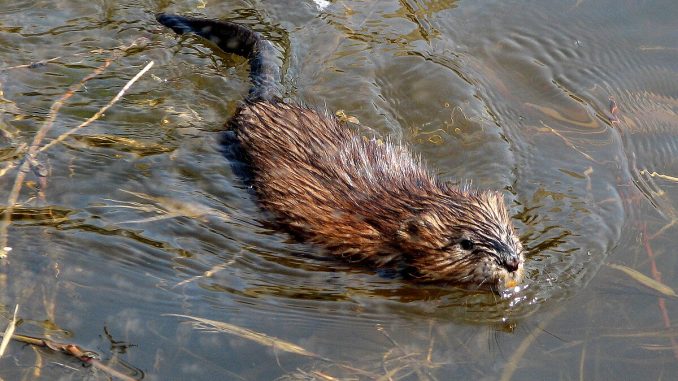
Muskrats, semi-aquatic rodents native to North America, have a long and interesting history on Long Island. Originally found in wetlands and marshes across much of the eastern United States, muskrats were not native to Long Island. However, they gradually established a presence there due to their adaptable nature and the proliferation of suitable habitats.
The introduction of muskrats to Long Island can be traced back to the early 20th century. During this time, the animal was widely trapped for its fur, and its population expanded due to the fur trade and the creation of artificial wetlands through land development and drainage projects. Muskrats are known for their ability to thrive in various wetland environments, including ponds, swamps, and streams, which made Long Island’s marshes and estuaries ideal habitats.
Muskrats have significantly impacted Long Island’s ecosystem. Their activities, such as constructing lodges and burrows, have altered wetland landscapes, sometimes leading to changes in water flow and sediment distribution. While these alterations can benefit some species by creating new microhabitats, they can also lead to conflicts with human interests, such as flooding or damage to water infrastructure.
Despite these challenges, muskrats have integrated into the local wildlife community. They are a common sight in Long Island’s wetlands, where they play a role in the food chain, serving as prey for larger predators like foxes and birds of prey. Their presence is also an indicator of wetland health, as they require clean, accessible water sources to thrive.
Efforts to manage and conserve Long Island’s wetlands often include measures to balance the needs of muskrats with those of other wildlife and human communities. Their history on Long Island reflects a broader narrative of adaptation and coexistence between humans and nature.
Post Views: 16

